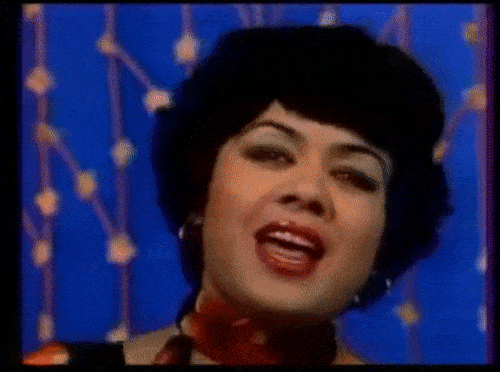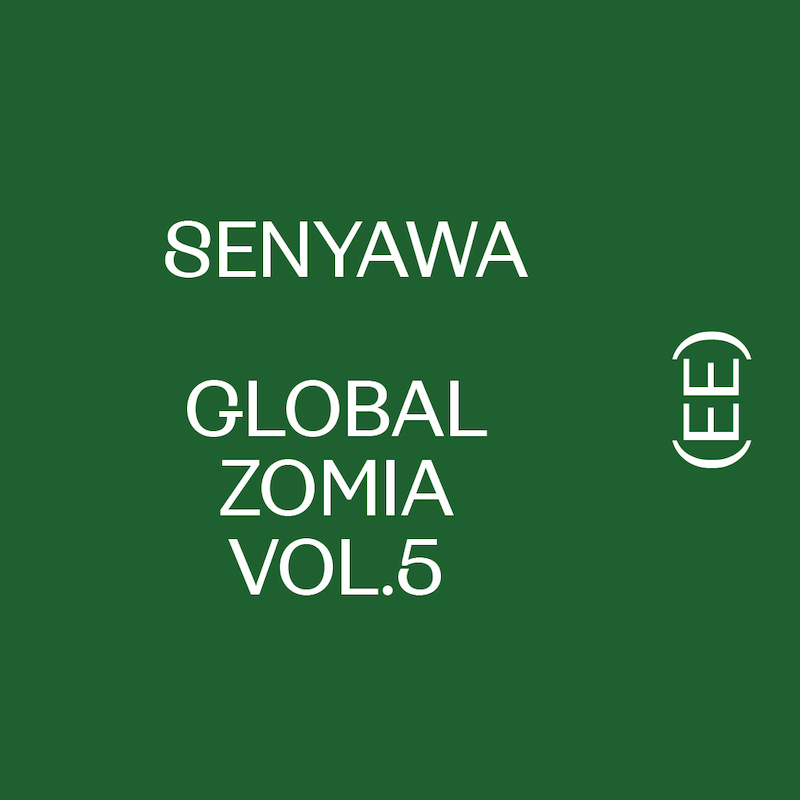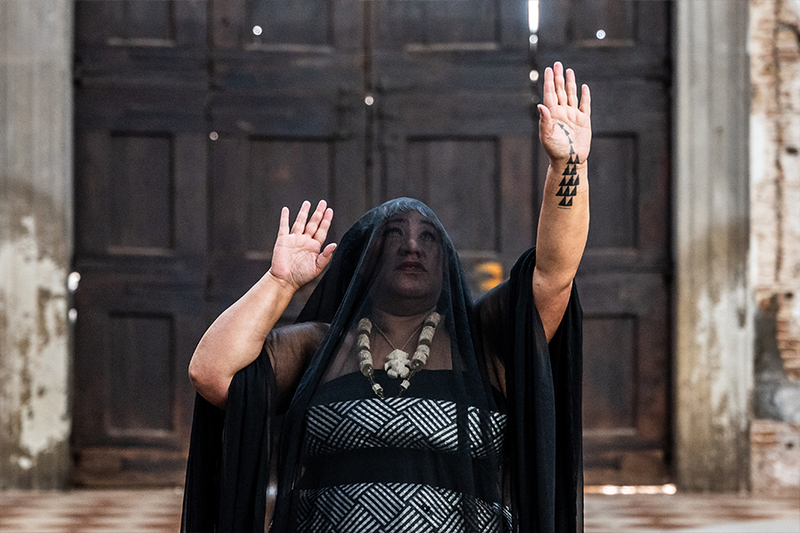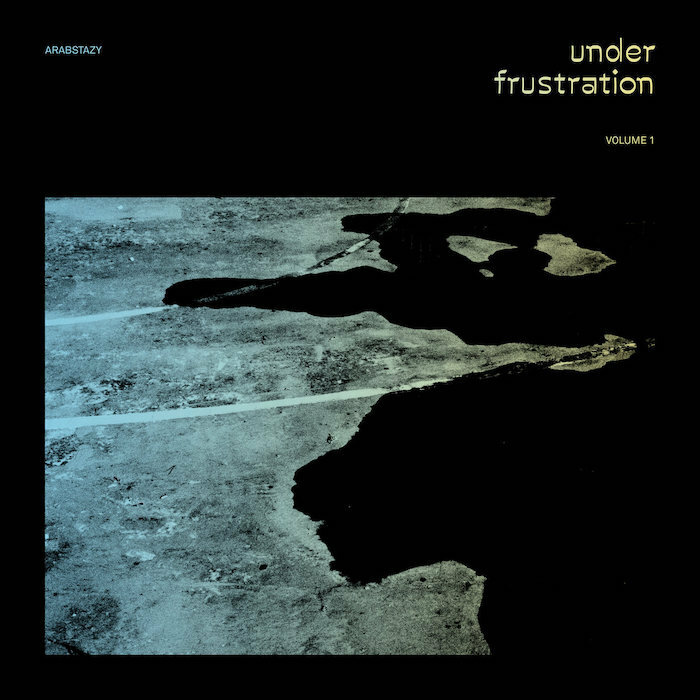On International Women’s Day it was announced that this year Russia will be represented in the Eurovision contest by Manizha—a singer of Tajik descent, who is an outspoken activist against domestic violence and the first Russian UN Refugee Agency goodwill ambassador. We asked Vlad Ilkevich, a Belarusian journalist, to contribute a piece dedicated to the roots of the Tajik pop scene and the leading voices of its golden age—the last decade before the breakup of the Soviet Union.
Positioned dead center in the Venn diagram of the Soviet and Persianate worlds, 20th century Tajikistan hardly had the easiest time exporting its culture. What the world was missing out on was the sight of a country plugged into the Union machine, with its culture, just like every other aspect of its society, evolving in real time. The 80s, the last Soviet decade, marks a period in which local pop music became fully fledged. The following is a brief look at some of the most prominent voices and faces from the lesser known Tajik pop scene of the 1980s.
The Band That Blossomed
In 80s Tajikistan, few things could compete in popularity with the music group Gulshan (Rose Garden). This VIAVIAVocal-instrumental ensemble, a general term for music groups in the Soviet Union., established in the sixties by Tajikistan’s State Committee on Radio and Television from a pool of local and pan-USSR talent, began by adapting popular traditional songs for the Soviet estrada industrial complex. As two decades passed and the lineup inevitably changed, the group morphed into a cultural force. Throughout their history, the collective was managed by a former star of Dushanbe opera scene Orifsho Orifov, who succeeded in continuously sourcing fresh faces and distilling their skills—they went from entertaining the unsuspecting local audience with brushed up folk standards, to writing and composing original songs that attained household-name ubiquity. Their lyrics reached all across the local and larger Persian space for inspiration (from literal peers to the 13th century visionary Rumi) and their sound came into its own as part funk and disco, part estrada pop, and part folk.
Anchoring the band’s presence onstage, on record, and in the public consciousness alike were the vocalists, whose composition shifted several times throughout the years. Of those, Muqaddas Nabieva, recruited by Orifsho in early seventies after a breakthrough at a local talent show, was the first to achieve real stardom. Muqaddas managed to successfully marry her graceful stage presence and knack for performing traditional songs and dances with offstage antics and a general tomboy attitude—and, as a two-time-divorcée single mother, seemed to question at every turn, both inadvertently and deliberately, what it meant to be a twenty-something woman in a country running on ways rooted in tribal order and a conservative Muslim values. Muqaddas was sometimes said to be the one that made Gulshan feel like a family, a reliable friend and attentive mentor. Her death in a tour bus crash in late 1979 left a mark, if not a gaping hole.
The loss, however tragic, did not really stop the group’s growth. By the early 80s, Gulshan boasted a line-up that in retrospect screams “all-star.” These ladies (Mahfirat Hamroqulova, Rahima Shaloer, Khurmo Shirinova) and gents (Bahodur Negmatov, Karomatullo Qurbonov, and Umar Ziyoev) took on genres across the board and toured cities across the USSR. Both together and separately—their release schedule combined records where they were billed as a band on the cover with mono-albums by one of the vocalists.
If one member of the group stood out as capable of doing it all on her own, it was Makhfirat. Her piercing look, exotic-but-conventional beauty, vocal prowess, and versatility amounted to a mix of charisma and gravitas that couldn’t be dampened even by the awkward voiceovers of lyrics in Russian that accompanied most TV broadcasts of the group’s videos.
Acting simultaneously as poster kids for the invigoration of local talent and a product of a Soviet centralized enlightenment effort caused the group headaches more than once: Russian-language performances caused criticisms that they were not doing enough to advance Tajik culture and Union-level shows in Tajik brought accusations of inaccessibility. But it can probably be said that tours all the way to Poland and GDR can be considered a testament to the overall success of Orifsho Orifov’s balancing act.
The Pamiri Baby Girl
The hegemony of Gulshan on the Tajik scene was prominent but not absolute. However now it seems, for undoubtedly tragic reasons, as if only one person’s fame and following could touch the echelons of Mahfirat, Bahodur, or Muqaddas.
Nargis Bandishoeva pretty much grew up in a family of stars. Her aunt was an appraised stage actress who had already carried the title of People's Artist of the Tajik SSR for two decades by the time Nargis was born. Nargis’ father was a locally acclaimed classical musician and a university pal of the seminal Soviet composer Aleksandra Pakhmutova. After one year of music school and some singing at home that demonstrated her undeniable talent, she opened her CV with a symphonic-orchestra-backed performance at a Dushanbe state event in front of the visiting Leonid Brezhnev—at seven. After she enrolled in the music department of Tajik State Arts Institute in 1983, her professor (who was the ex-minister of culture of Tajikistan) urged her to become at least as famous as her aunt.
She took it somewhat slow and made her adult public debut at a local Dushanbe competition in 1989. Nargis performed “Lalaik” (Lullaby), a ballad in the Shughni language, composed by peer and collaborator Oleg Fesov. She confidently won the vote. Accounts of that performance unanimously compliment, among other things, her fashion sense—something Nargis, a cool girl and a usual suspect of the local neformals scene, would be praised for time and again.
She hit it out of the park again at 1989’s Issyk-Kul singing competition in the Kirghiz SSR, securing herself the Miss Issyk-Kul ‘89 title. She could have scored high once more at the famed Jurmala competition but was forced to walk off the stage without a show when the disc with her backing track mysteriously disappeared at the last minute.
The anonymous industry foes’ frame-up pulled the rug from under the budding star, who had always been too shy to even call herself a professional singer. Depressed, she went off the radar on friends and family, and later decided to pull out of the upcoming Voice of Asia 1991 competition in Alma-AtaAlma-AtaThe official name at the time of the city now known as Almaty.—despite having made it through two qualifying rounds into the final. Her friends had to talk the hesitant Nargis into going to the Kazakh capital, if at least for the sake of rubbing shoulders backstage at the event. Nargis herself lamented about not having a real band and a real catalog but did grab the handful of discs with backing tracks that she had and headed out. She made the show—and made the July night over the Medeu sports complex explode.
She came back from Kazakhstan a first-place awardee, a personal favorite of Modern Talking’s Thomas Anders, and an artist with a reignited passion for her craft. When she wasn’t locked up in the studio, she spent her time working on videos. Again keeping up the DIY approach, she was able to grapevine somebody from the state TV to film her and musicians on several sites in central Dushanbe. She didn’t need much—with songs that good and a face that attractive, a pair of quasi-Ray Bans and some red lipstick were all that were needed to solidify her captivating presence.
A car crash on the way back from a friend’s party in September 1991 left Nargis forever a promising young woman on the cusp of an inevitably huge career. As it does, untimely death made for a timeless legend, giving Nargis posthumous uniform adoration and a status of a national treasure, a small gem crowning an era.
* * *
By then it had been a month since the 1991 August coup attempt in Moscow, and the USSR’s unraveling, magnified by Tajikistan’s local growing political unrest, eventually brought upon the small country what later would be called a Civil War. With the nineties defined by the conflict and its immediate aftermath, the “antebellum” eighties came to be regarded by the traumatized nation as the belle époque, shining with icons such as local heroes Pamir football club, Zebo dance ensemble, and brightest of all, Gulshan and Nargis.







